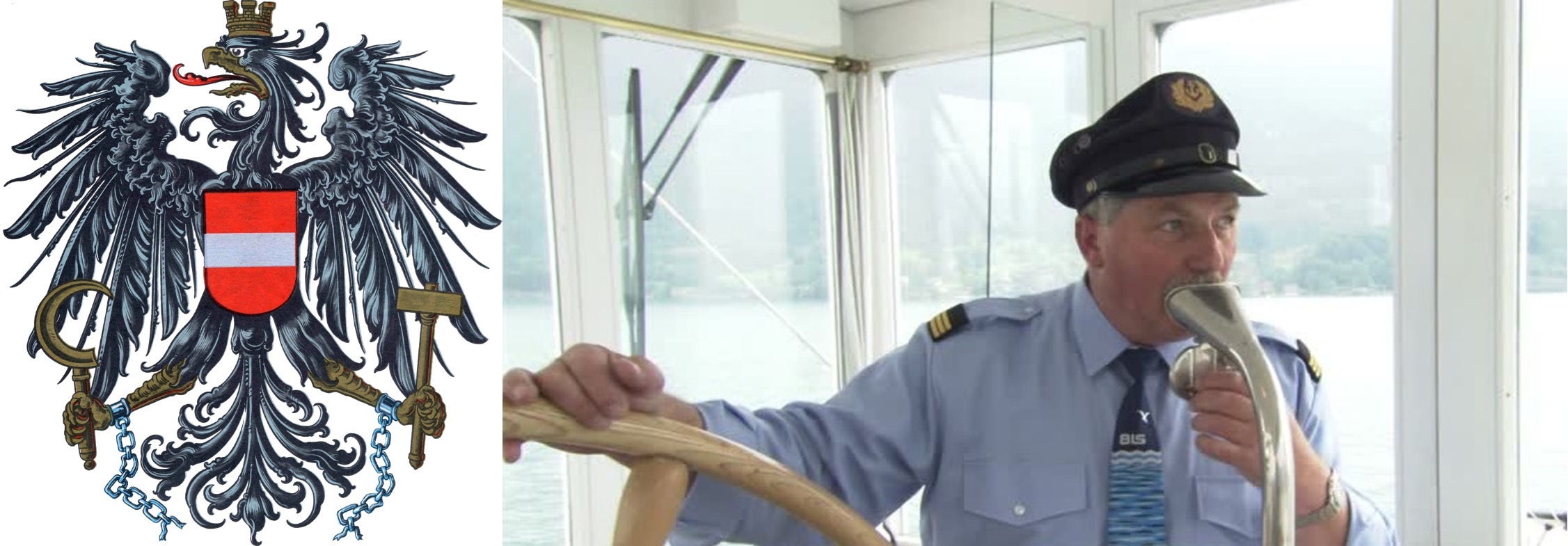Communicating Science
By Salvador Espada-Hinojosa
Communication used to be a much slower bussiness. We had books, we had sculptures. We could build cathedrals to communicate greatness of things. Now we have new rules. Nowadays we digest multitude of messages in a seconds timepace. Any device we use posts clips of funny videos one after the other and we scroll and go from one thing to the next. We make an understanding of our reality by putting together all this, up to knowledge.

(Left) Michael Ende's "The neverending story", with a symbol of two serpents biting each other tail as the cover front. Attribution: Grabbed from somewhere in the internet. (Right) Found image through google search of "neverending story illustration mining". Attribution: Taken from the Facebook page of a guy in Budapest, Hungary
In this context we go to the Pacific Ocean with some staining box idea and we have support of the Austrian Republic. We also put together the effort of an international team and get support from Schmidt Ocean Institute giving us ship and ROV. We want to state how worthy all this is! But who is on the other side? Who is the receiver of our messages? In Facebook we get "Friend Requests", in Twitter we get followers. There's a TYPO3 based webpage within Universität Wien web (http://mbe.univie.ac.at) too.

(Left) Wappengesetz 1984 (Austria Government gazette BGBl. No. 159/1984, depiction 1. Public domain. (Right) Robust communication device. Source: footage.framepool.com
We believe we interact with a broad audience, so ...
Should we use precise jargon, such as "Scyphozoan" or we better stick to broadly understood terms such as "jellyfish"? Does anybody here know what "plate tectonics" is?
We try to find a compromise, and stay as broad as possible while saying the stuff we want to communicate.

(Left) Stygiomedusa gigantea, giant phantom jellyfish, a Scyphozoan. We saw one of this. Schmidt Ocean Institute footage of the ROV SuBastian, in our Cruise. CC-BY-NC-SA 4.0. (Right) Attribution: H. Grillitsch (University of Vienna) changed after htpps://commons.wikimedia.org/wiki/File:Tectonic_plate_boundaries.png
Science is a place of encounter for the whole society. From children, that love living beings and absorve contents passionately, to grown up citizens that pay their taxes and make possible scientific public policies that push humankind forward. And countless colleagues!
We proposed the hypothesis that tubeworms can go throught cracks of the crust to settle their next generation. The effort to test was posible due to the whole society that brings together educated folks and means of production. We owe the society communicating our findings.

(Left) Hypatia teaching at Alexandria (Robert Trewick Bone). Public Domain Dedication CC0 1.0. (Center) Falkor (too) crew and SuBastian pilots checking on the first Underworld piece of basalt brought on board on dive S0552. Attribution: Salvador Espada (CC-BY-NC-SA 4.0). (Right) I got myself a piece from the other side. Attribution: Salvador Espada (CC-BY-NC-SA 4.0)
Soon we will be bringing here more details of our findings, and meanwhile feel free to comment us what you think on all this. All knowledge is collectively created!
